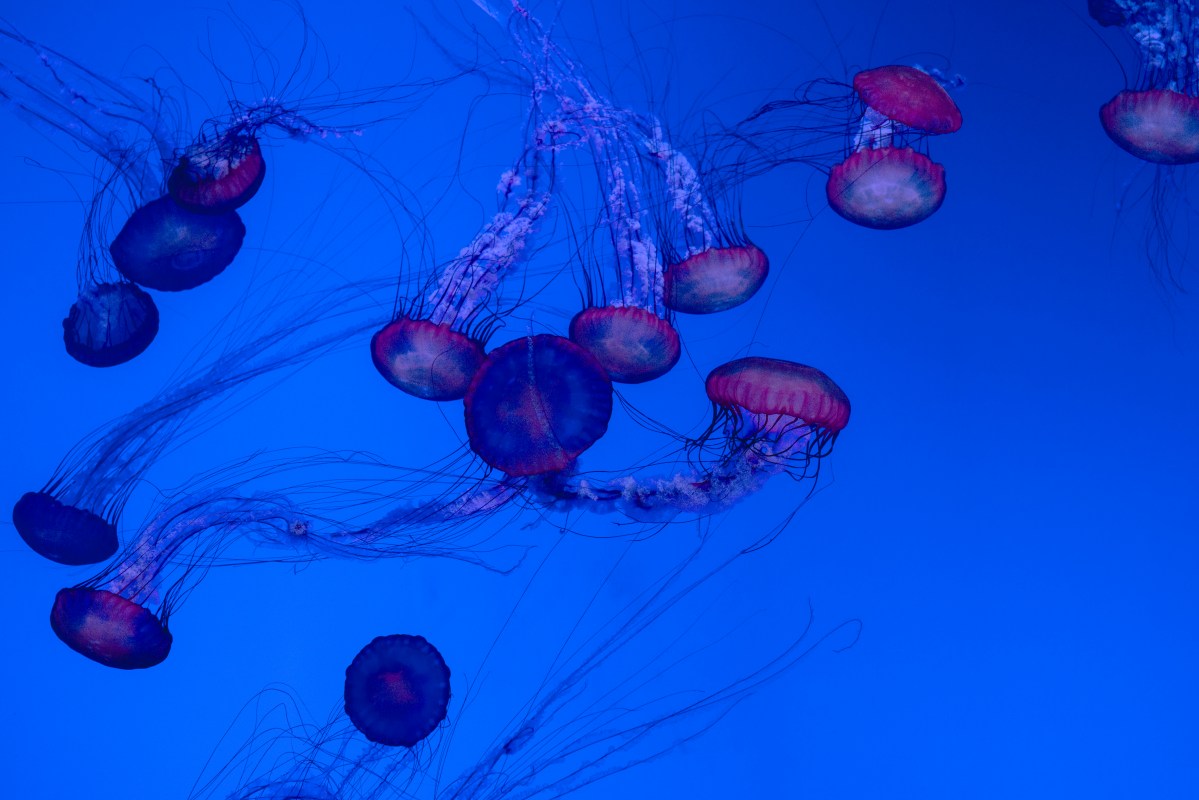Last week authorities in Queensland, Australia were forced to close a section of beach due to what locals are referring to as a jellyfish “epidemic.”
Thousands of stings have been reported in the past week, according to The Washington Post. Two deaths have been reported. Although most of the stings were caused by “bluebottle colonies” of jellyfish and were not life-threatening, the number of serious injuries from other less common jellies are also on the rise.
Climate change could be to blame for these massive groups of jellyfish taking beaches by storm.
“Unlike other species, jellyfish are stimulated by just about any change to the ecosystem. So, it’s reasonable to say that the jellyfish might potentially be responding to the warmer-than-usual weather,” Lisa Gershwin, a marine life researcher who works with the Commonwealth Scientific and Industrial Research Organization, told The Washington Post.
Although longterm research about climate change and jellyfish is unavailable, Gershwin believes that we can’t ignore the stingy sea jellies. “Jellyfish are demanding our attention right now and we should be giving it to them,” she said. “Those stings are an indication that something is wrong with our oceans — and we’re silly that we’re not listening.”
Thanks for reading InsideHook. Sign up for our daily newsletter and be in the know.


















